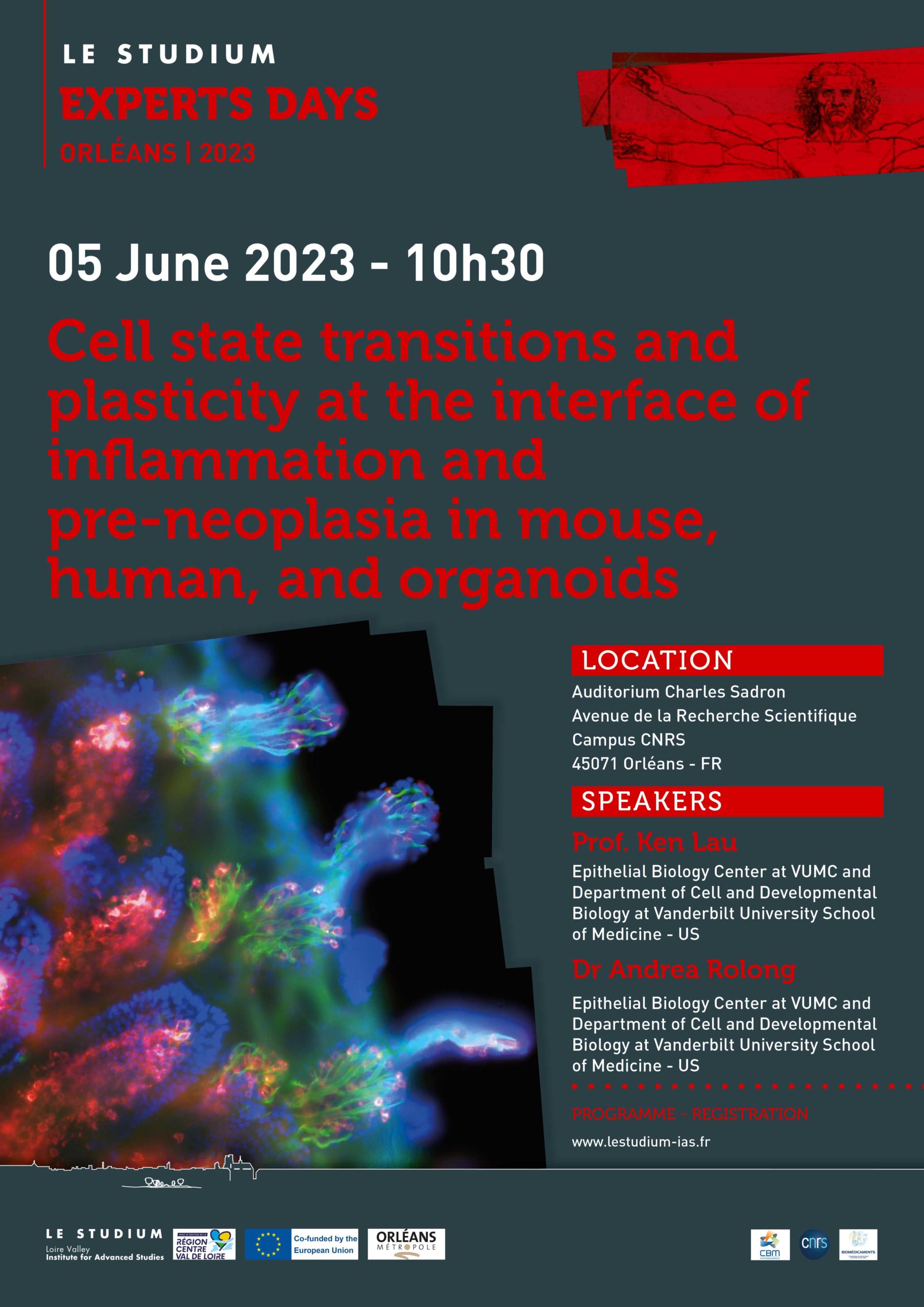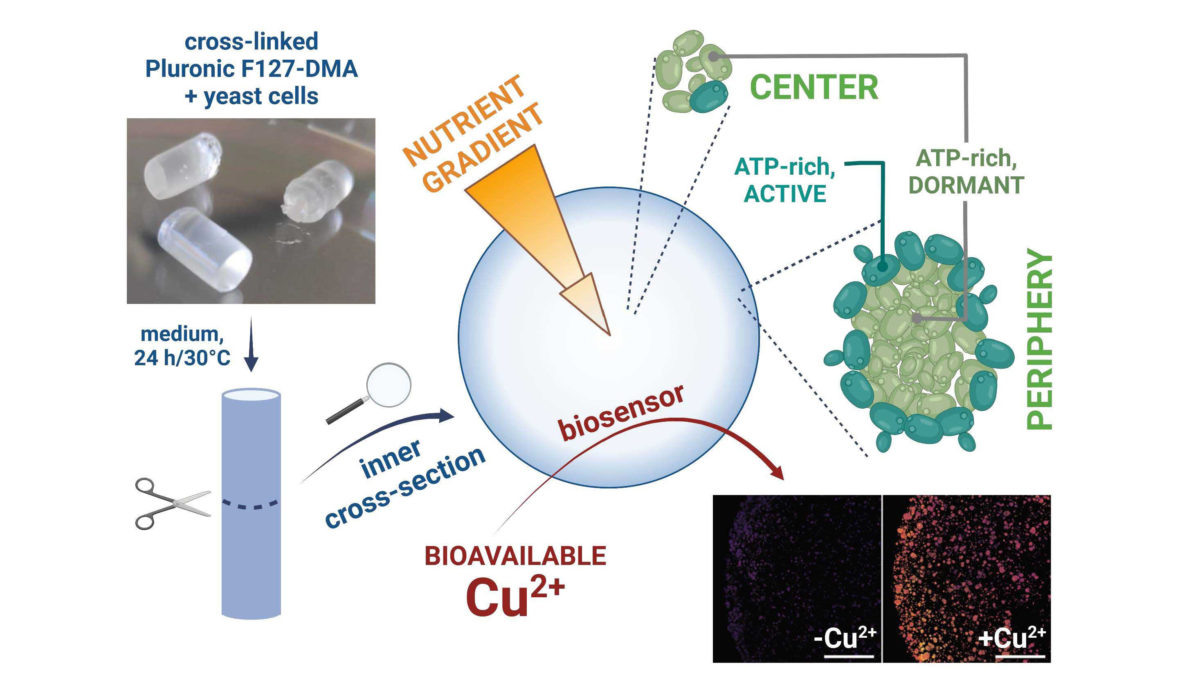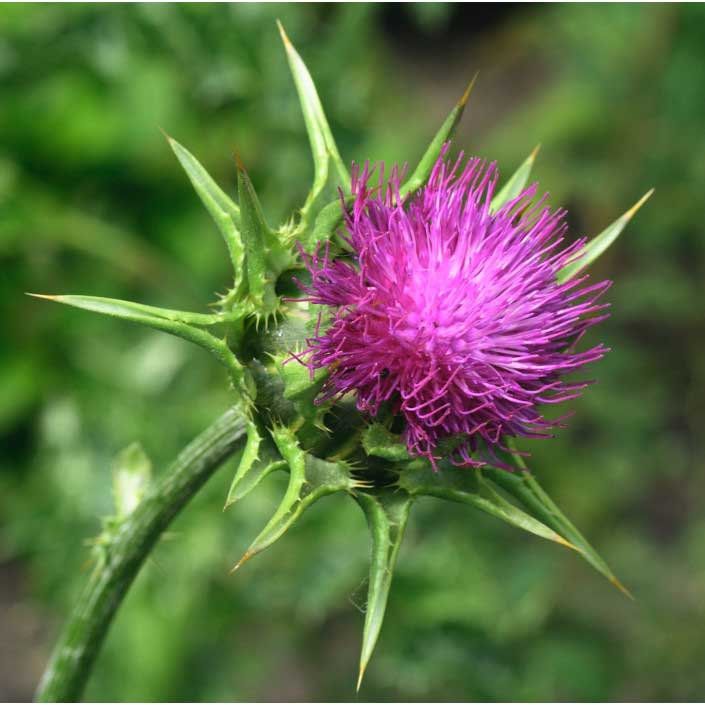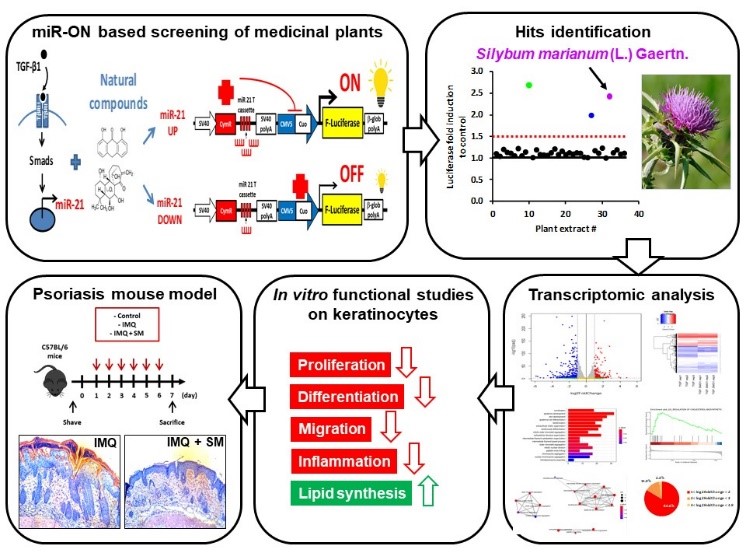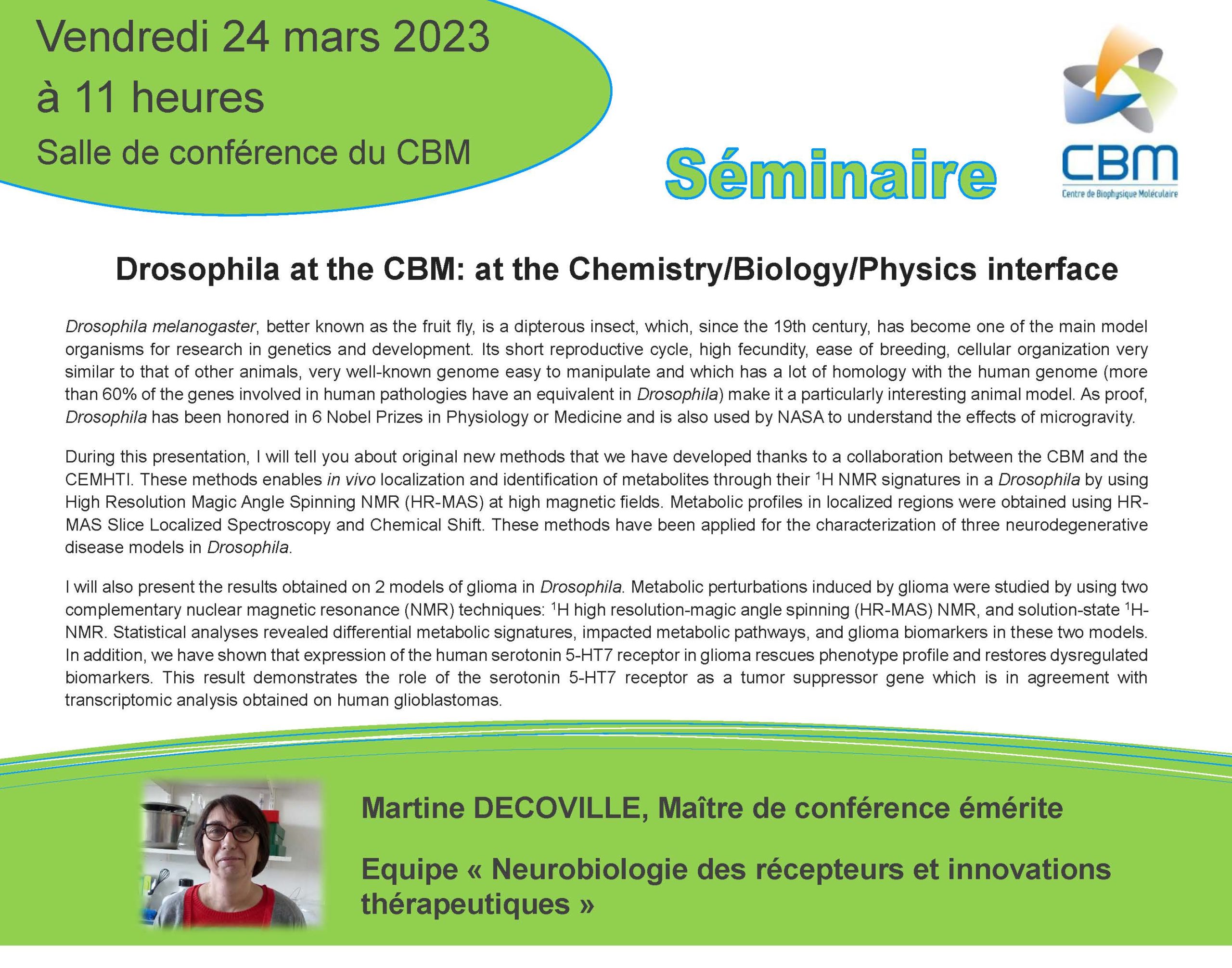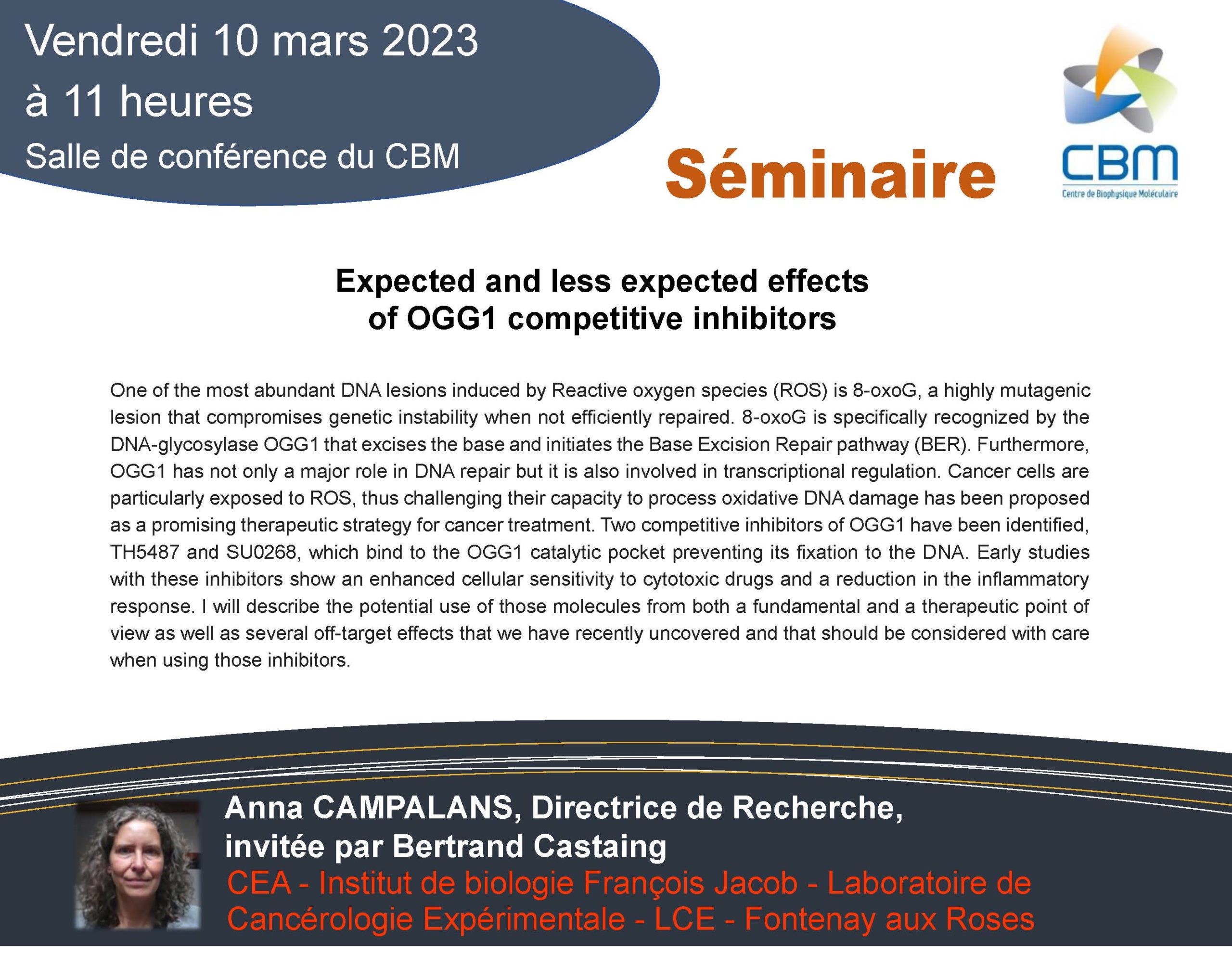This international conference is organized within the framework of the ARD CVL Biomedicaments Program.
Abstract: Tissue complexity emerges from interactions of components across various biological systems, such as exogenous factors from the microbiota and different types of host cells, and the body's immune cells to the presence of tumors. These interactions occur across genetic, molecular, and spatial domains. Although single-cell and spatial -omics approaches are already capable of profiling various components at an atlas scale, there is still a significant gap in effectively transforming these methods from correlative studies to hypothesis-driven studies. Here, we present two stories on how-omic level data and computational analyzes can be integrated with experimental models (human, mouse, and organoid) for mechanistic studies:
- in understanding rare epithelial cell populations in modulating inflammation in the gut,
- in modeling a pre-cancer-to-cancer transition in the colon. We present emerging techniques, analyses, and the key roles they play in understanding the complex interactions that dictate tissue function in homeostasis and disease.

